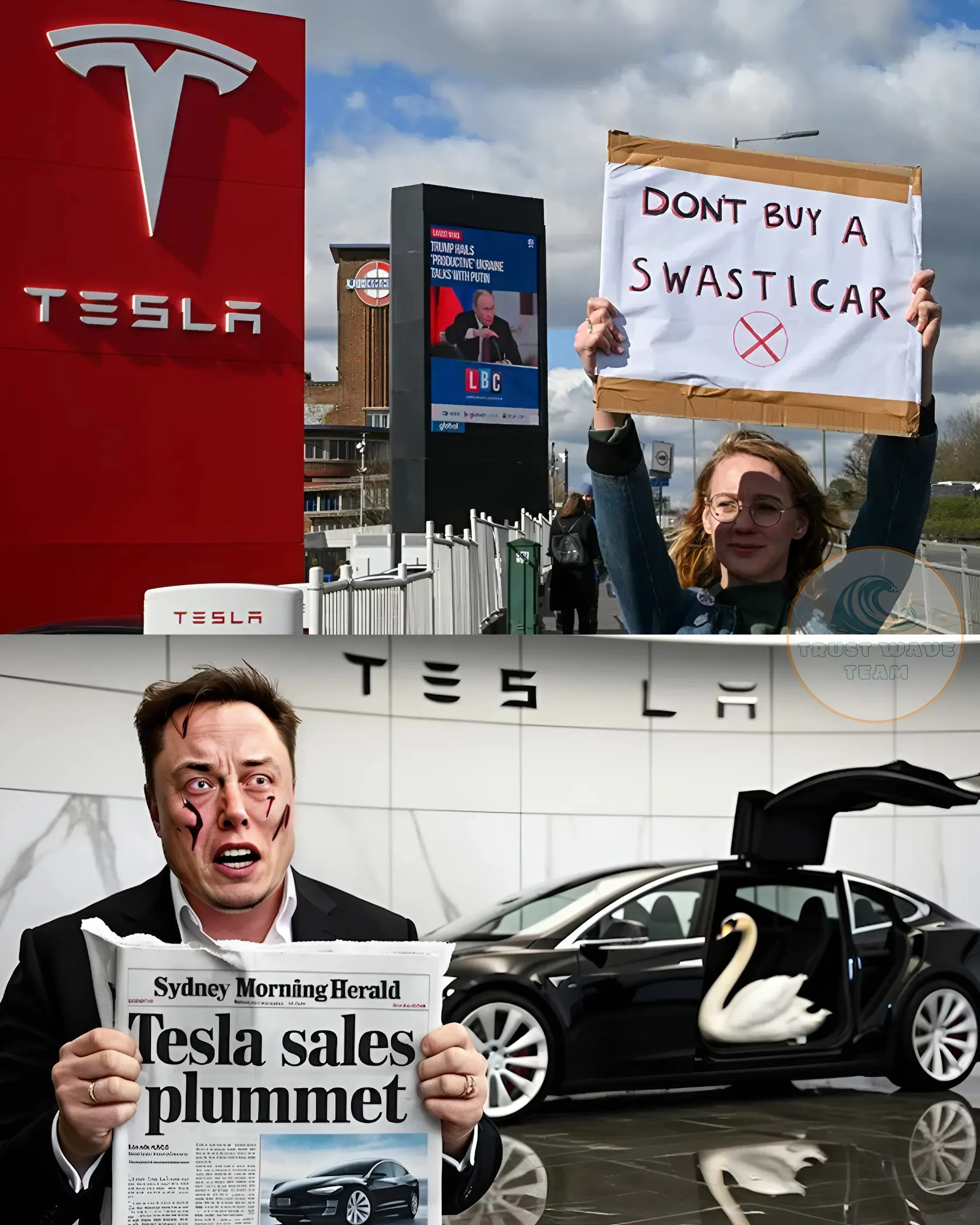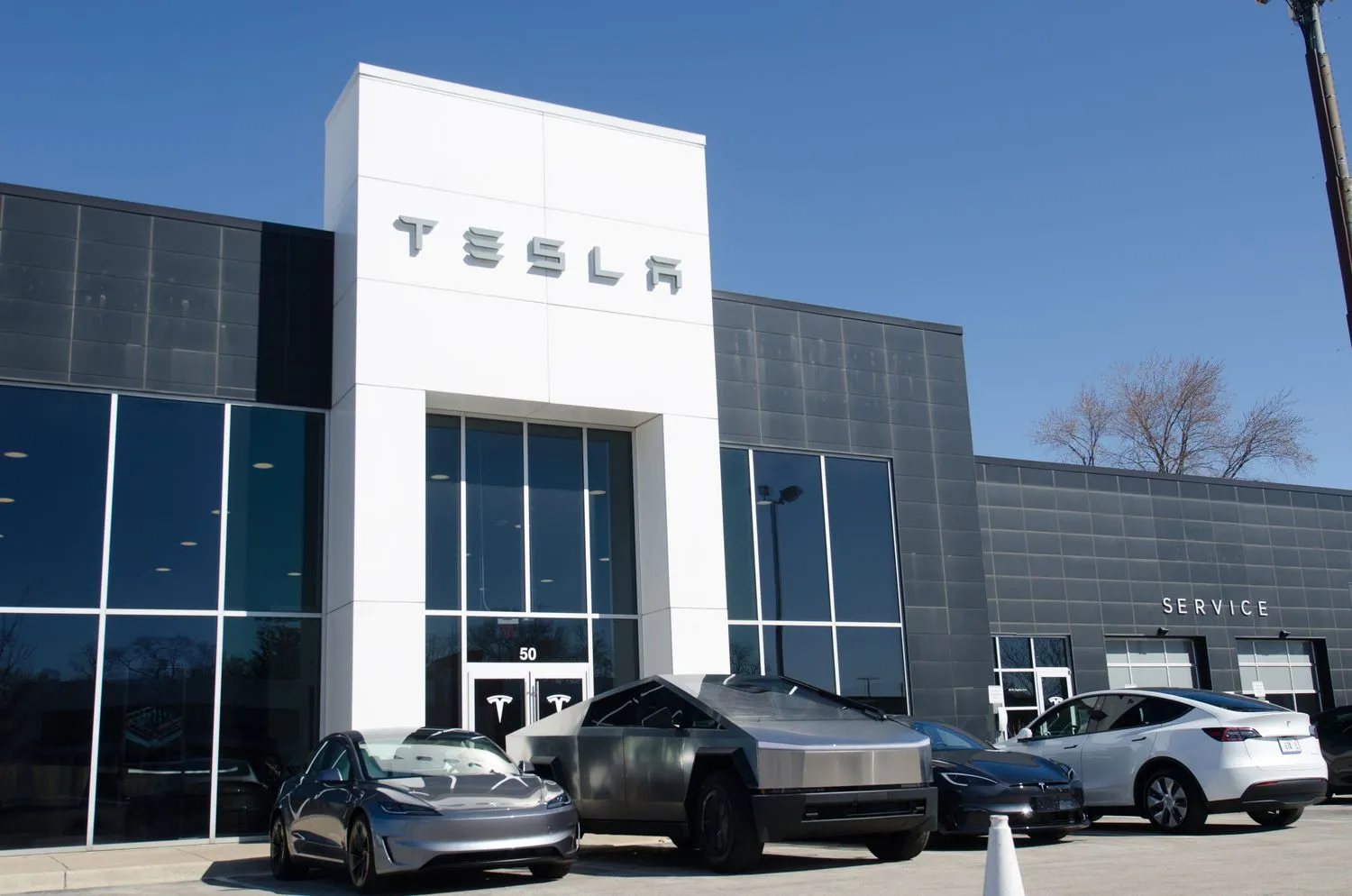In a bold statement last July, Elon Musk took to X to warn Tesla short sellers that they would be “crushed” once the company fully realizes its ambitious goals of autonomous driving and mass production of its Optimus humanoid robots. The Tesla CEO’s confidence was unwavering, predicting that those betting against the electric vehicle giant—including high-profile skeptics like Bill Gates—would face financial ruin. Fast forward to April 2025, however, and the tables have turned dramatically. Far from being obliterated, short sellers have instead pocketed a staggering $16.2 billion in profits over the past three months, capitalizing on a steep decline in Tesla’s stock price that has left investors and analysts reeling.

The short sellers’ windfall comes as Tesla’s market capitalization has plummeted by more than $700 billion since its peak in December 2024. The stock, once a darling of Wall Street, has shed over 50% of its value, trading at around $225 per share as of early April. This collapse has been a boon for hedge funds and traders who bet against Tesla, with financial analytics firm S3 Partners reporting that short positions have yielded massive gains since the downturn began. The $16.2 billion haul marks a triumphant moment for Tesla bears, who have endured years of losses—totaling $64.5 billion since the company’s 2010 IPO—as the stock soared to dizzying heights.

So, what went wrong for Musk’s prediction? Tesla’s troubles stem from a perfect storm of challenges. Weak fourth-quarter earnings in January 2025 revealed a 41% drop in sales in key markets like France, while global demand for electric vehicles has cooled. Rival BYD, a Chinese automaker, has surged ahead, overtaking Tesla in revenue with $107 billion in 2024 compared to Tesla’s $97.7 billion, thanks to innovations like ultra-fast charging technology. Meanwhile, Musk’s political entanglements have alienated some of Tesla’s core customers. His vocal support for Donald Trump’s administration and controversial role in the Department of Government Efficiency (DOGE) have sparked consumer backlash, with reports of vandalism at Tesla showrooms and protests signaling a dent in the brand’s once-pristine image.

Despite the setbacks, Musk remains defiant. Tesla still boasts a $36.56 billion cash reserve and positive cash flow, offering a buffer against immediate collapse. Musk continues to tout the transformative potential of self-driving tech and Optimus, insisting that Tesla’s long-term vision will silence the doubters. Yet, for now, the short sellers are the ones laughing. Their $16.2 billion payday underscores a rare misstep for a man known for defying odds, from SpaceX’s reusable rockets to Tesla’s early EV dominance. Wall Street, too, is watching closely—JPMorgan recently slashed its Tesla price target from $135 to $120, citing unprecedented brand damage.
As of April 2025, the battle between Musk and the short sellers is far from over. While the latter celebrate their gains, Tesla’s volatility suggests this saga could still swing either way. For Musk, it’s a test of resilience; for the shorts, a fleeting victory in a war that’s raged for over a decade. One thing is certain: the stakes have never been higher.